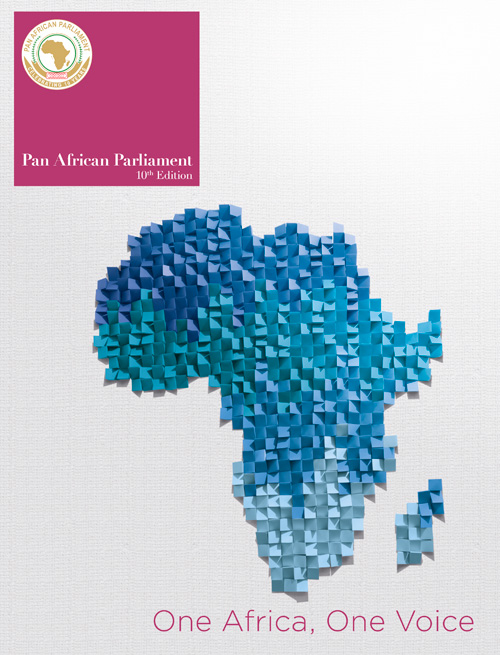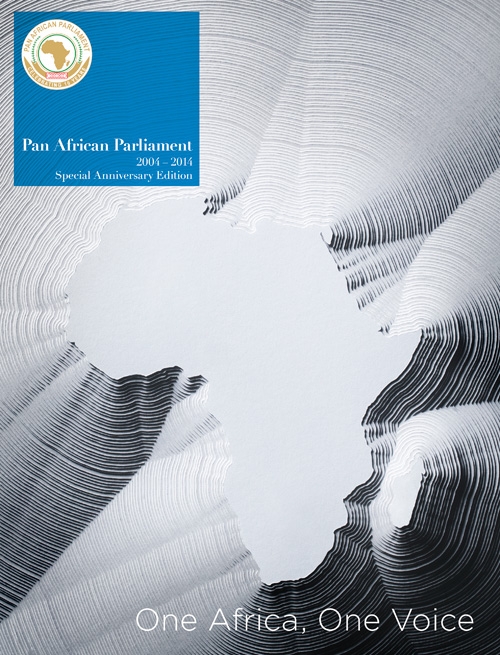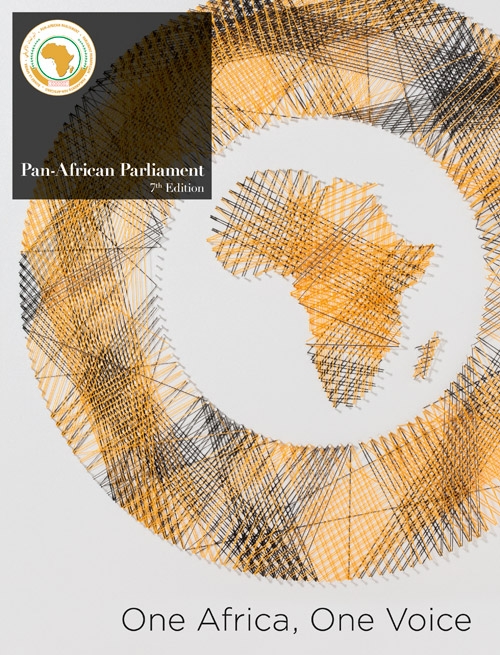
The one-day workshop offered an overview of the legal traditions that operate within Africa, an opportunity to understand frameworks for legal harmonisation, and a look at model law. In the first session of the day, facilitator Prof Charles Fombad considered the variety of legal regimes in Africa. While the harmonisation of these traditions is challenging enough, a greater obstacle is the classification of them, especially as two distinct and separate legal systems can exist in one country.
According to Fombad, most countries are influenced by common law and civil law, though some also observe religious law – Islamic law in particular.
What sets religious law, such as Islamic law, apart from common law (from English law and shaped on history) and civil law (European law that’s influenced by Roman law), is that it is derived from the Islamic religion and does not depend on Earthly lawgivers. This means that Allah gave the law once and it covers all aspects of life, not just the interests of State or society.
African customary law differs even more. This law existed before colonialism and it is not just one system – it is a family of systems that does not have a common parent. This law is unwritten and based on customary practices, and its aim is reconciliation and harmony, rather than looking at the rights of the parties.
According to Fombad, the need for harmonisation of African laws is a business one. The diverse legal frameworks within the continent create expensive obstacles for intra-continental deals. If harmonisation is achieved, then Africa – currently the weakest conti-nent both politically and economically, despite vast mineral and human resources – could deal with the rest of the world as one unit.
There are many challenges to harmonisation besides the diverse legal systems, including language barriers and economic development, as well as inefficient and corrupt court systems.
African customary law is unwritten, based on customary practices and its aim is reconciliation and harmony
Fombad stated that there are two means of harmon-ising laws: through formal instruments and soft laws. The PAP is mandated to use soft laws. These are not binding – they are vague, do not establish exact rules of conduct and take diverse forms. This flexibility would be beneficial as soft laws can be adopted without ratification and they are not exclusive to one country.
The main areas that the PAP could intervene on would be setting a minimum standard to a treaty, and creating model laws for AU policies.
However, in order to achieve this, Member States would need to co-operate and, equally important, for model laws to succeed, a uniform end result would need to be determined.
In the final session of the workshop, Fombad showed participants approaches that could be used in making model laws, specifically sharing his experience of working on an AU model law for anti-terrorism.
After the presentations, the participants noted the cumbersome process of model-law making, even when there’s an urgent need for it. They also noted that legal diversity is a reality on the continent and it has to be accepted, understood and valued.
The participants were unanimous in their agreement that in order for model-law making to be successful, the target has to be well chosen and not overly ambitious.







